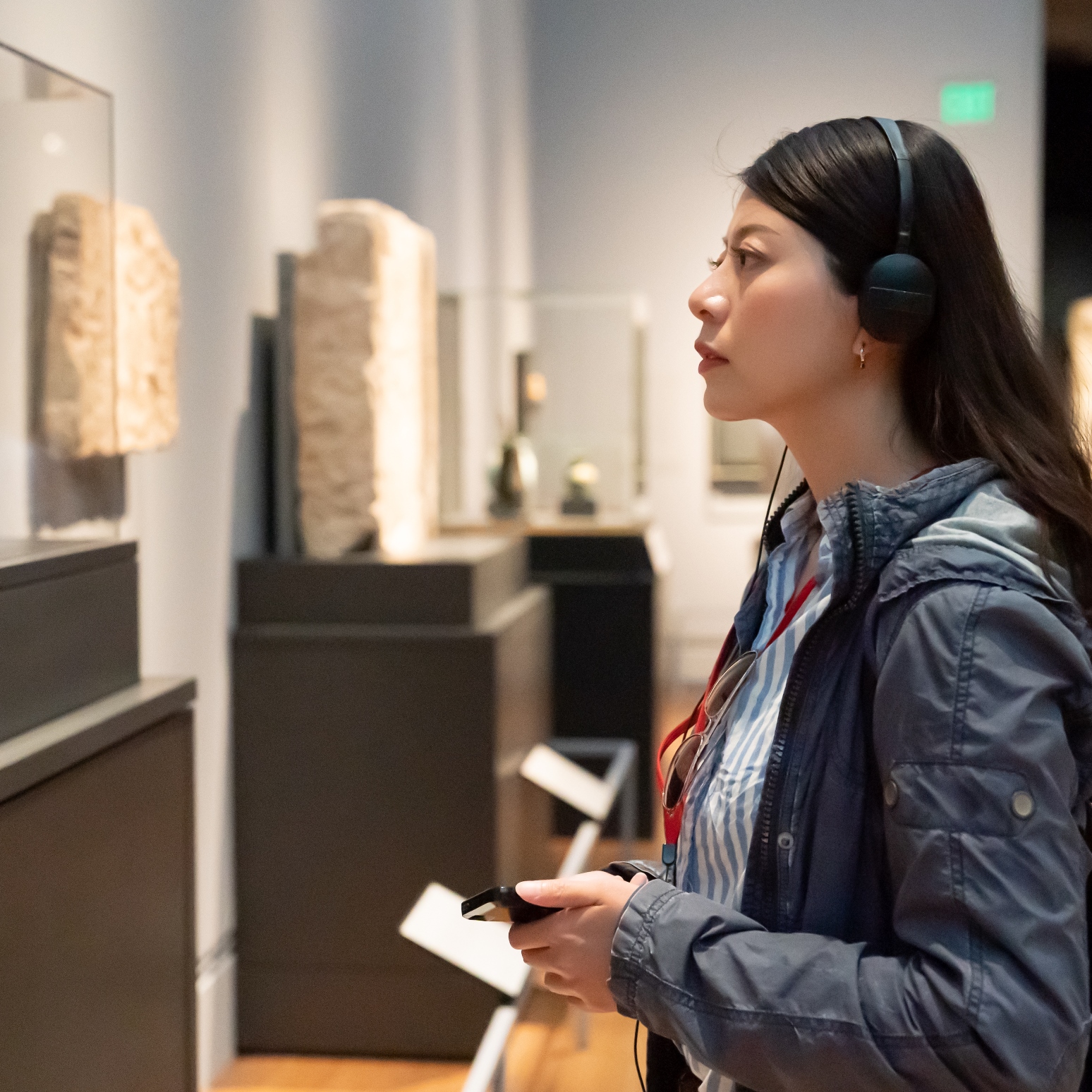Museums own huge collections of art belonging to a variety of historical periods, techniques, and styles. That’s why they often rotate art objects on display to give viewers fresh and versatile experiences at themed exhibitions. Museum entities also organize group shows and partner with private galleries and art owners to lend art and organize large-scale exhibitions of specific eras or particular artists. Each of these events requires proper museum art installation so that every piece is safely fixed in its place and positioned for convenient viewing. Here’s how the process of artwork installation is usually organized and executed at museums.
Planning a Museum Art Installation
The starting stage is planning, which involves creating a concept of the exhibition and listing all the art objects to be featured in it. The museum staff plan the exhibition space in line with the number and size of the art objects and check the location of each piece, whether they are in the museum storage or need to be transported from other art institutions, galleries, or private collections.
Preparing Art for Installation
The next stage involves meticulous preparation, which presupposes precise spatial arrangements and installation strategy selection for every art object. This stage ensures that no guesswork or improvisation will be put in place at the moment of artwork installation and that all professional materials and equipment needed to install each item successfully are available.
Executing the Installation
All art objects are delivered to the exhibition space according to a carefully planned schedule. This is done to prevent the risk of accidental damage because of piling artworks within a limited space where installation work is being executed. Art handlers carefully unpack art pieces, examine their condition, prepare the walls for installation, and finally install artworks in their designated places. They also usually take photos and videos of the installed art objects for reporting and insurance purposes.
Continuous Safety Monitoring
Once art is properly positioned and fixed, it should be continually monitored in terms of safety. This task is assigned to the museum staff who monitor the exhibition space to detect any risks and early signs of artwork instability.
As you can see, museum art installation can turn into a disaster without proper planning and professional execution. The impact of an exhibition and the safety of each exhibit depend on how well the art installation was organized. That’s why museums either hold a permanent team of in-house installation experts or partner with third-party service providers like Fine Art Shippers.
